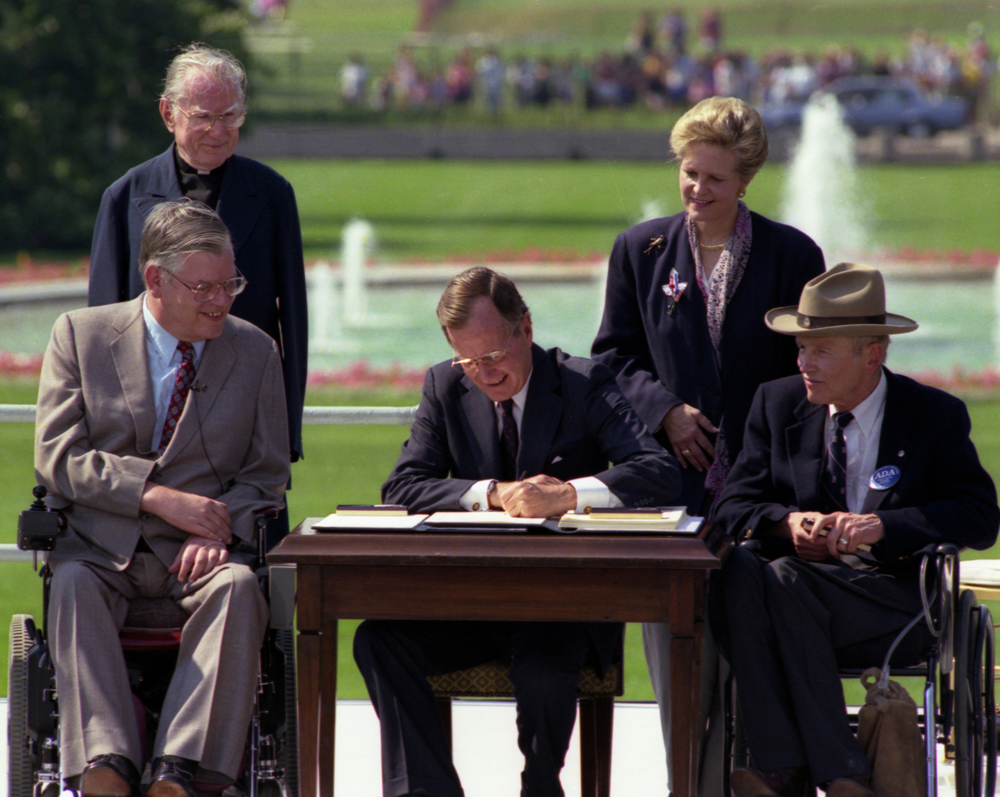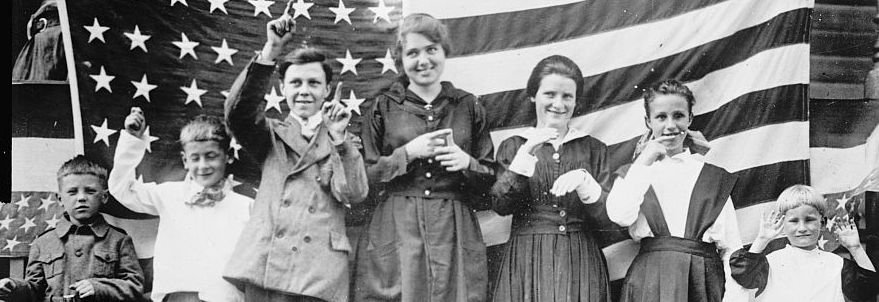
Disability History as Empowerment
Reform to Equal Rights traces evolving struggles across two centuries by people with disabilities for necessary resources for life and work, services, and political and civil rights. The curriculum emphasizes evidence-based student investigation of policy, culture, media, social change, and activism, always emphasizing the actions, experiences, and voices of people with disabilities. Nearly 250 primary sources support inquiry. The curriculum highlights opportunities throughout for students to participate in inclusive civic engagement projects. Lessons integrate with common content: reformers, impacts of wars, immigration, changing roles of government, social movements, and civic engagement. Read about the curriculum principles and design process at Developing a K-12 Disability History Curriculum.
Overview Article on Disability History for Classroom and Student Research
This 2,500-word article summarizes 250 years of history. Features 50 links to resources and collections for teachers and student researchers. Learn more and download the article.
Please share your input
Please tell us what works well and what needs to be improved about Reform to Equal Rights. Link to input form.
Get the latest updates
- Sign up for the monthly History eNews at the bottom of the page, including news on Disability History Resources and Updates.
- Email Rich Cairn rcairn <@> collaborative.org to learn more or to schedule professional development for your network.
- Follow Emerging America on LinkedIn and Facebook.
Acknowledgments
Thanks to project historian, Graham Warder, the Easterseals Massachusetts #TeachDisabilityHistory campaign group, and the rest of the project advisory committee. Emerging America is grateful to Laurie Block, Graham Warder, and other creators of the Disability History Museum.
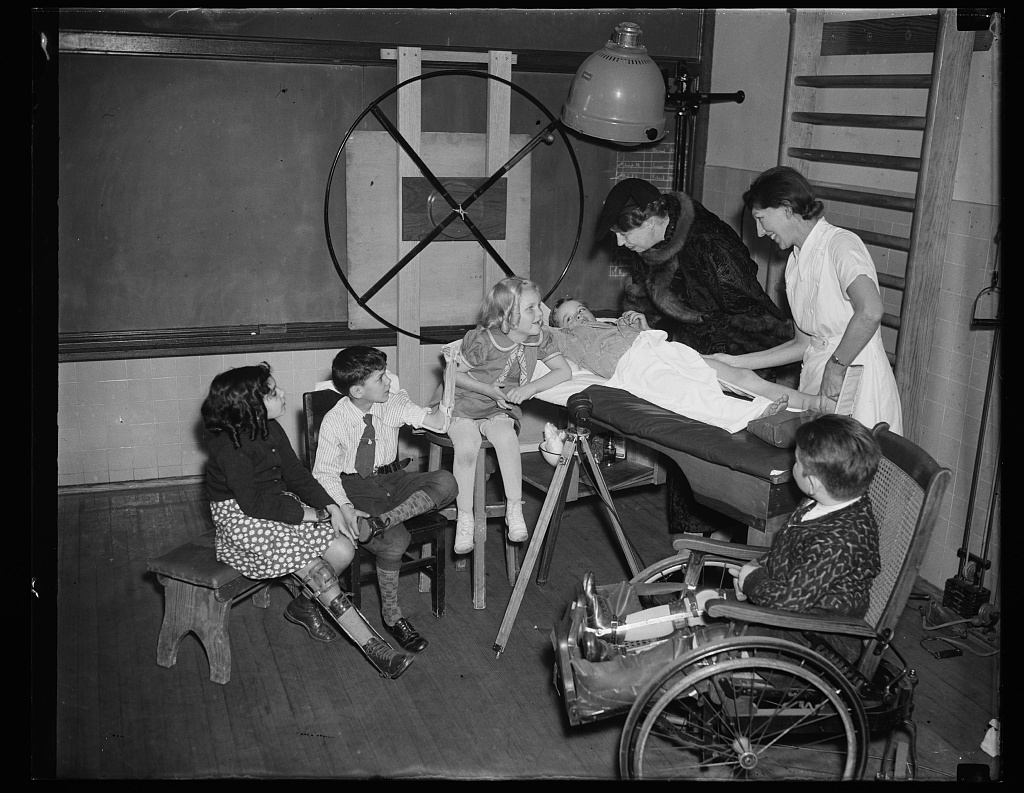
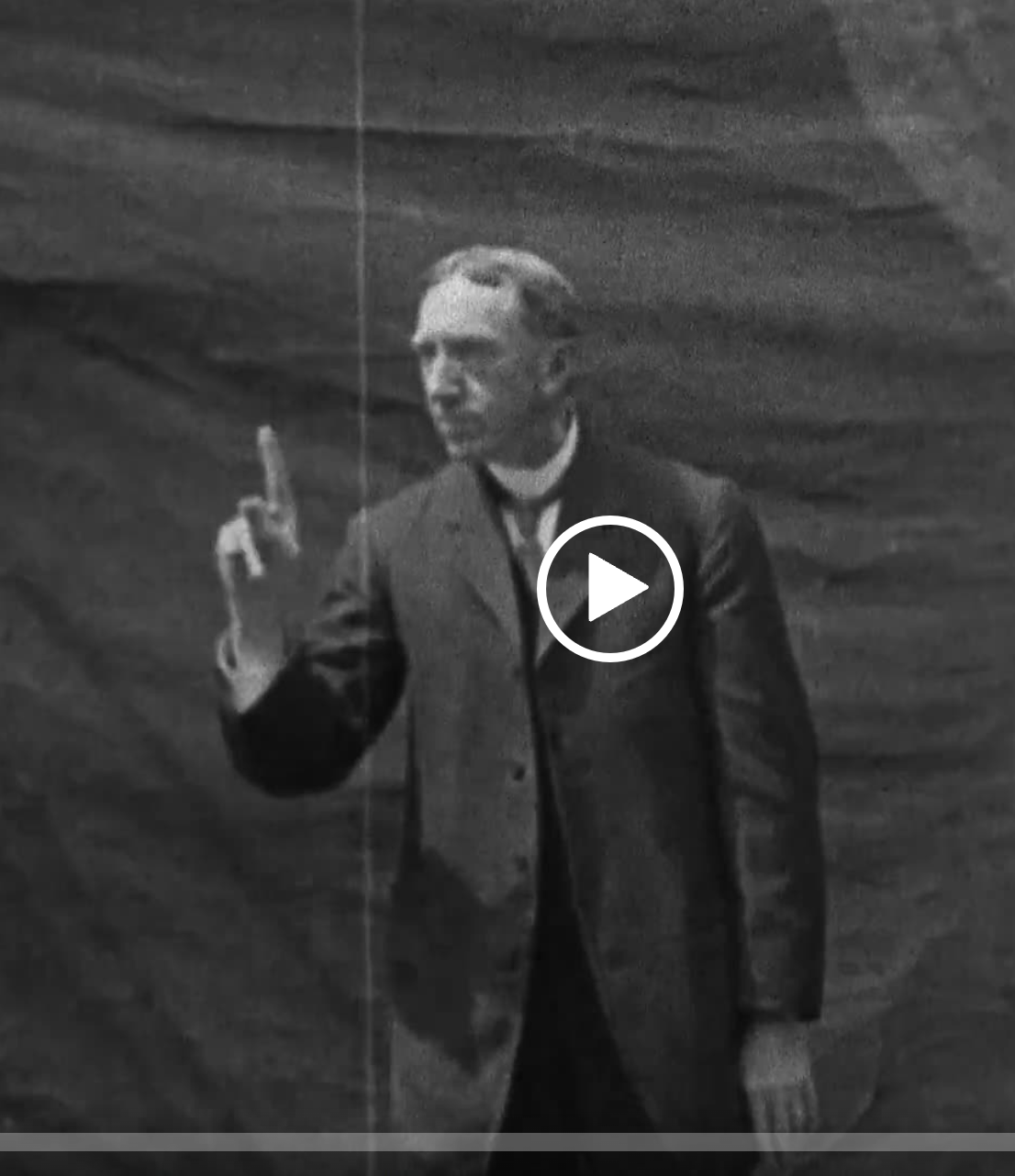
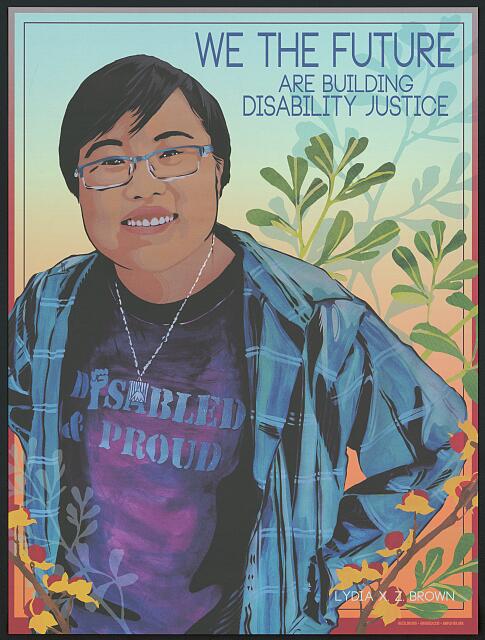
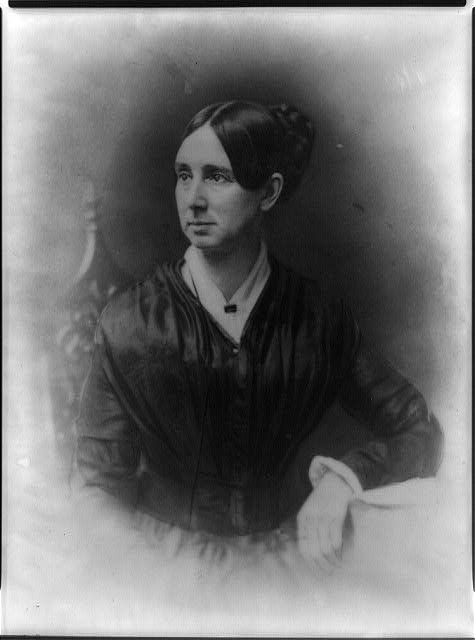
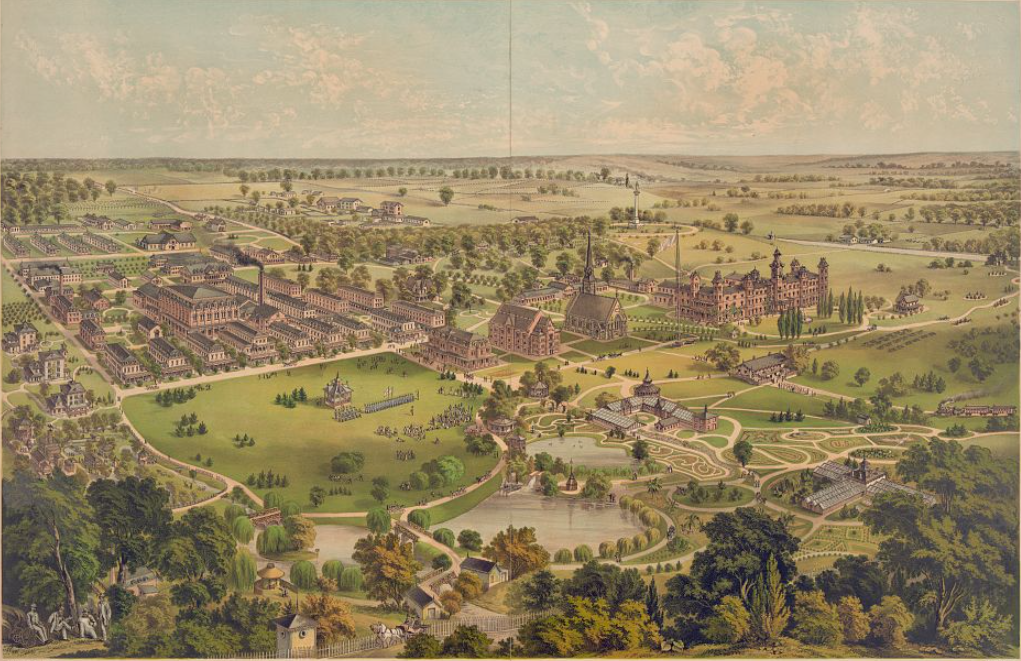
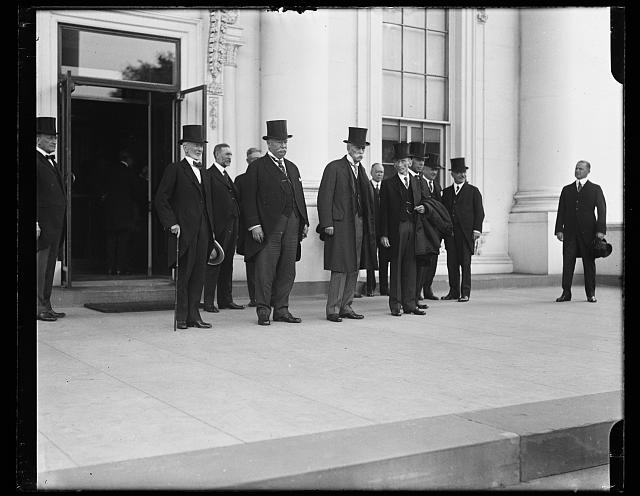
Three lessons introduce disability history, examine impacts and flaws of the eugenics movement, and explore immigration and disability.
